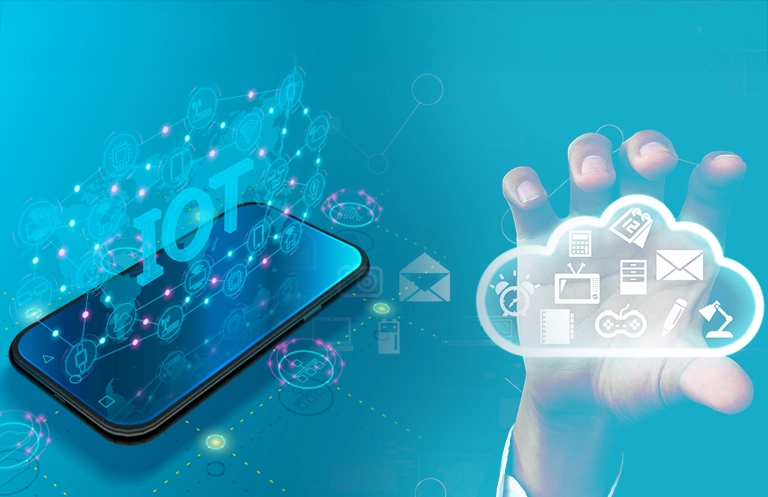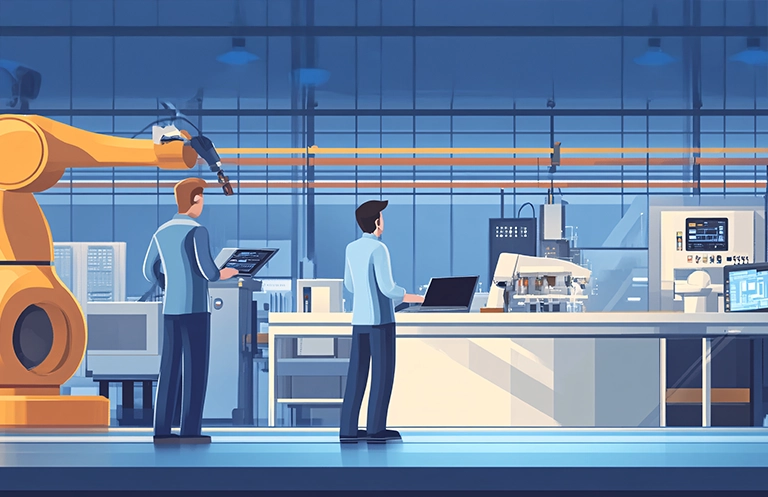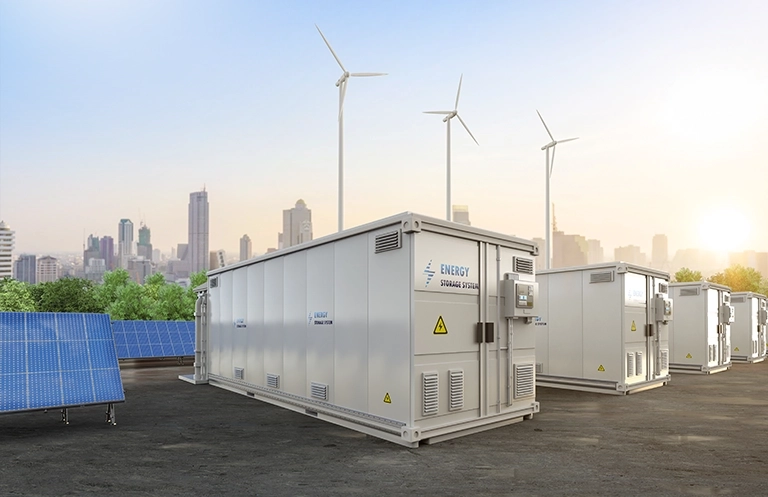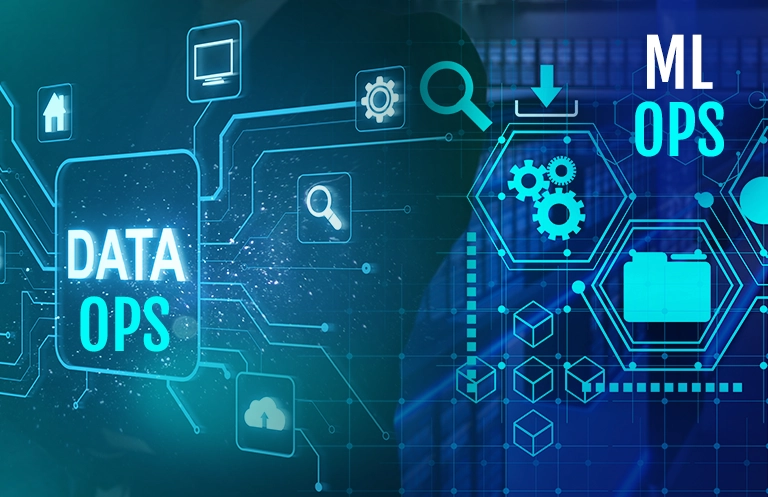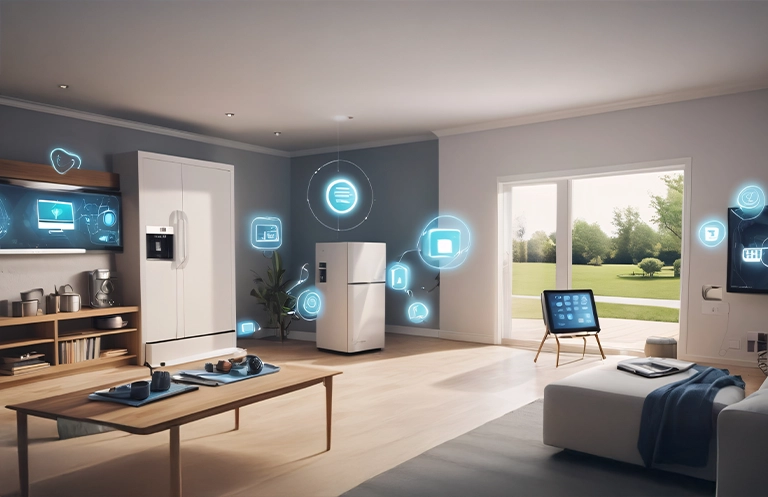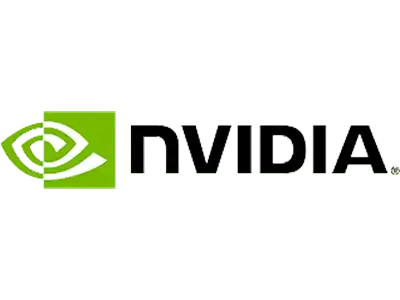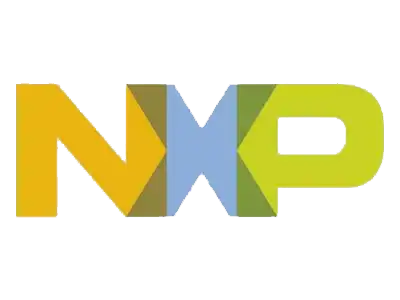To begin, it is important to understand the concept of IoT—short for the Internet of Things. IoT is transforming industries by seamlessly connecting billions of devices worldwide, enabling smarter systems and unprecedented innovation. These devices are equipped with sensors and software to help them communicate, collect, and share information.
Cloud computing enables the use of computer services, such as data storage and program execution, via the internet without relying on personal devices or infrastructure, allowing users to access information from any location.
In this blog, we will explore the key benefits and impact of cloud computing on IoT.
1. Data Storage and Scalability
IoT devices generate massive amounts of data that require continuous collection, storage, and real-time processing to ensure smooth operation, optimize performance, and support data-driven decision making. This data is critical to monitoring device health, predicting maintenance needs, improving security, and enabling automation, ultimately increasing efficiency and reliability across a variety of applications.
Cloud computing platforms that can accommodate terabytes or even petabytes of data, such as AWS, Google Cloud, and Microsoft Azure, provide essentially limitless storage. As IoT systems and networks expand, cloud infrastructure scales accordingly, eliminating concerns about capacity limitations.
2. Processing Data in Real-Time
Real-time data processing is crucial in many IoT applications, especially in sectors such as healthcare, transportation, and manufacturing. For example, it is important to make quick decisions while observing a patient’s imperative signs or controlling independent vehicles.
Cloud computing, with its advanced analytics and edge computing capabilities, enables real-time data analysis. Edge computing reduces latency by processing data closer to its source, enabling faster and more efficient decision-making.
For example, an IoT-based activity administration framework can analyze activity information in real-time to control signals, optimizing the stream of vehicles and decreasing clog.
3. Seamless Integration and Connectivity
IoT ecosystems may comprise a variety of devices operating on many platforms and manufactured by different companies. Connecting and maintaining these disparate devices can be challenging. Regardless of the underlying architecture of the devices, cloud platforms provide common APIs and services that facilitate the smooth integration of IoT devices.
Additionally, the cloud offers the infrastructure required to link devices over long distances. Smart agricultural applications, for instance, rely on cloud connectivity to gather data from sensors in remote fields. This allows farmers to monitor crop health and soil conditions in real-time, even when they are kilometers away.
4. Privacy of Data and Security
IoT networks are becoming increasingly exposed to cyberattacks due to the growing number of connected devices. Both businesses and consumers place a high premium on protecting sensitive data and upholding privacy.
Cloud service providers invest heavily in security by offering features such as multi-factor authentication, identity management, and encryption to safeguard data. Furthermore, compliance is taken into consideration when designing cloud platforms. IoT applications, particularly in the healthcare and financial industries, must follow strict regulatory requirements like HIPAA and GDPR. Cloud providers offer integrated tools and services to help IoT businesses adhere to these rules and ensure the proper handling of sensitive data.
5. Cost Efficiency
The affordability of cloud computing is one of the IoT benefits. For IoT deployments, managing on-premises infrastructure can be costly, particularly when labor, maintenance, and hardware costs are considered.
Cloud computing with a pay-as-you-go model enables businesses to pay solely for the resources they actually consume. This flexibility is helpful for IoT startups and small businesses that lack funds to invest in large-scale infrastructure. Businesses can stop worrying about expensive IT investments and instead concentrate their resources on innovation and growing their IoT solutions by utilizing cloud services.
6. Machine Learning and Advanced Analytics
IoT aims to derive useful insights from data, not just gather it. Cloud platforms offer robust machine learning services and analytics tools to help businesses make sense of the data produced by IoT devices.
Cloud-based analytics can unleash the full potential of IoT data, from personalized healthcare in smart medical devices to predictive maintenance in industrial IoT. Examples of advanced data analytics tools that can anticipate machine failures or optimize energy consumption in real-time are Microsoft’s Azure IoT Hub and Amazon’s AWS IoT Analytics. Businesses hoping to get the most out of their IoT systems and optimize their efficiency must have these features.
7. Global Reach
Globally, IoT devices are frequently implemented, ranging from remote sensors in rural Africa to smart cities in Europe. Cloud computing provides the infrastructure required to enable worldwide IoT deployments. Cloud platforms have global data centers, enabling organizations to deploy IoT solutions that deliver a consistent user experience, regardless of device location.
A global corporation, for instance, can implement IoT solutions throughout multiple nations, with a single cloud dashboard. This worldwide reach guarantees continuous performance across borders and streamlines IoT management.
Conclusion
It’s undeniable that cloud computing and IoT bring numerous advantages. Cloud computing provides the essential base that supports smart devices and interconnected systems revolutionizing sectors through the Internet of Things. The cloud is crucial for the growth and achievement of IoT, providing advantages such as flexibility, instant data analysis, enhanced security, and affordability.
As IoT expands into new areas like smart cities, healthcare, and industrial automation, cloud computing is expected to play an increasingly vital role. By leveraging the cloud, businesses can fully harness the potential of IoT, leading to more intelligent solutions and improved living conditions globally.


